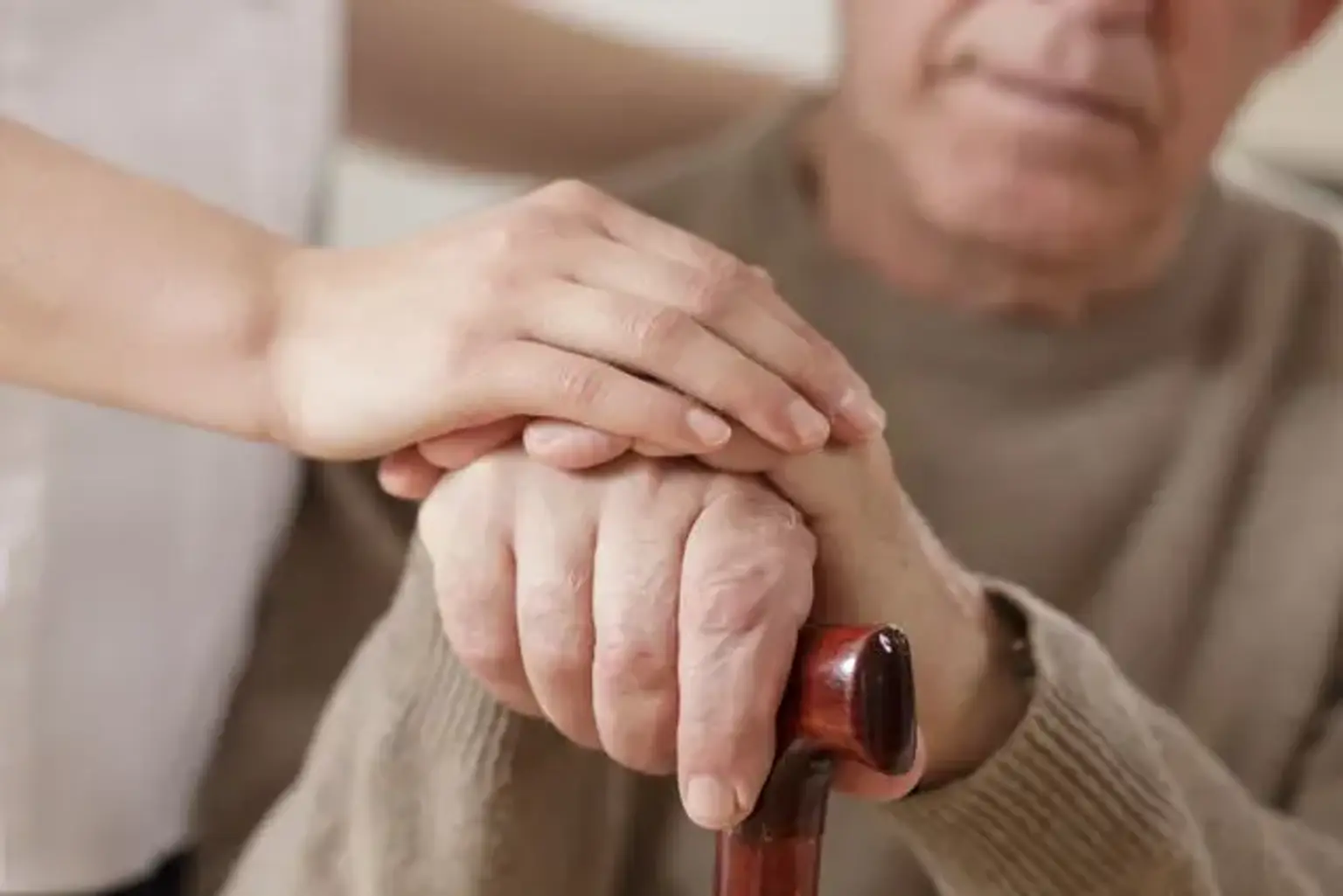Parkinson’s disease
Parkinson's disease is a neurological condition that leads to the loss of motor control. This ailment typically commences gradually and advances progressively. Individuals with Parkinson's disease may experience trembling, muscle stiffness, and difficulties with walking and maintaining balance and coordination.
As the condition advances, individuals may also encounter challenges with speaking, sleeping, cognitive functions, behavioral changes, and various other symptoms.
Though there is no known cure for Parkinson's disease, there are medications available to alleviate the associated symptoms. In some instances, medical professionals or neurologists might recommend surgical interventions to manage symptoms by regulating specific areas of the brain.
